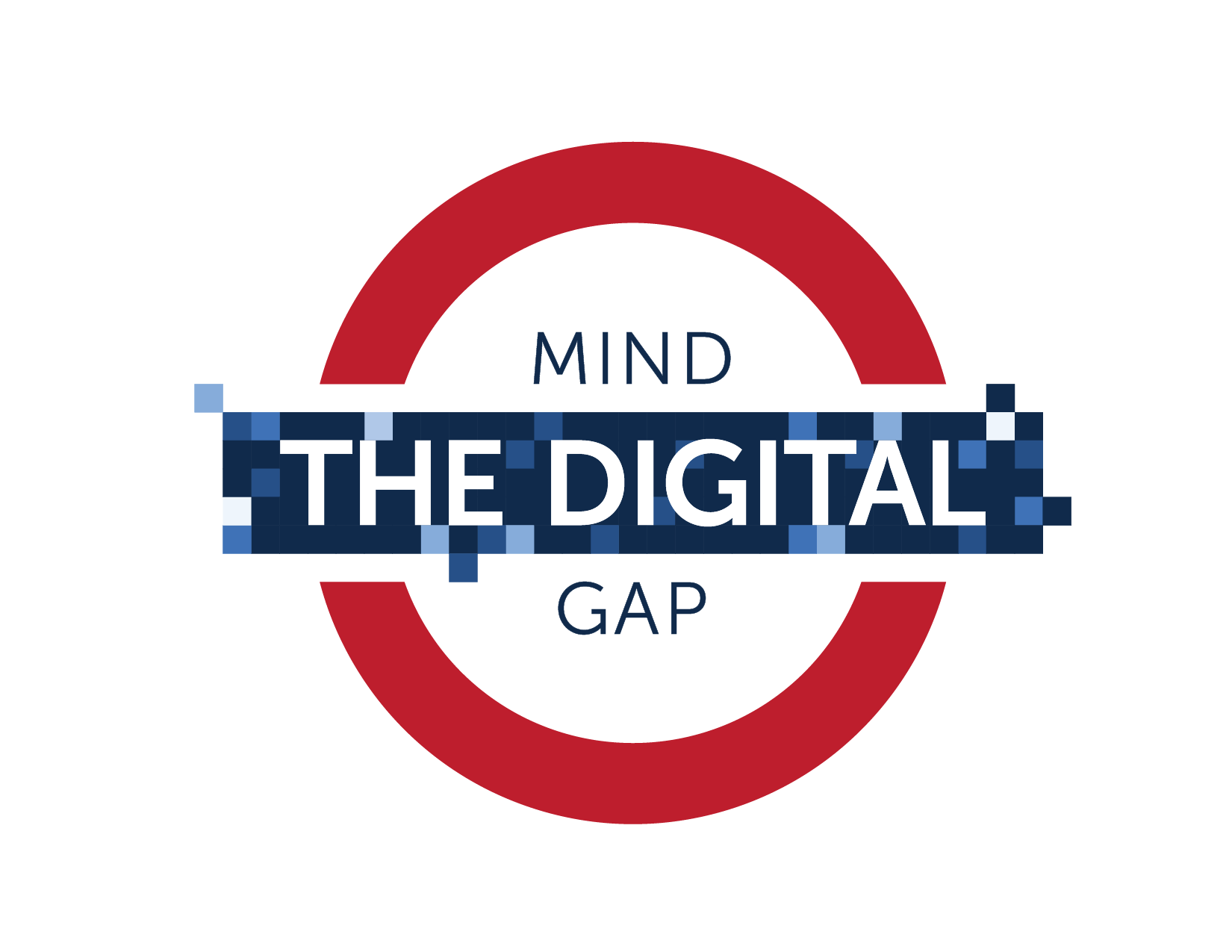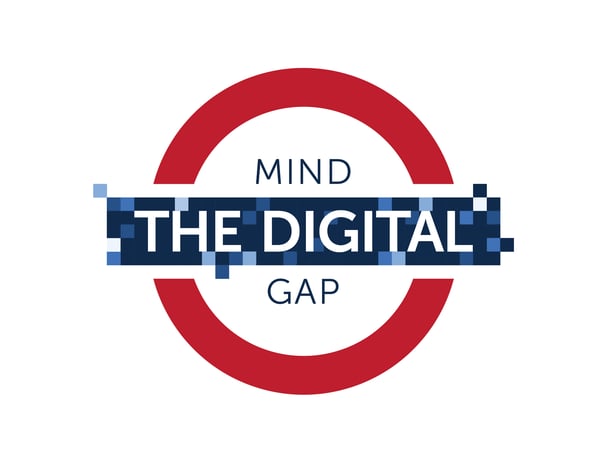Three Steps to Close Your Digital Gap

If you’ve ever been through London’s Underground, you’ll notice that everywhere you go there are signs and announcements on the loudspeaker reminding commuters to mind the gap between the platform and the train.
Mind the Gap. It’s a constant reminder.
The Mind the Gap metaphor is a very appropriate description of what’s going on in today’s digital innovation environment. We are constantly reminded of the transformative power of digital technologies.
But every company has gaps between what they have and what their goals are. The gap that exists between their current state, and their optimal state.
The Transformative Power of Digital
But first, some context. How important is it to have a digital strategy?
Last year The World Economic Forum published a series of reports on the Fourth Industrial Revolution. According to the WEF’s own predictions, in the next ten years there will be an economic impact of more than $100 trillion in value created!
We’ll see this value in productivity, efficiency gains, access to new markets, creation of opportunities, and more. The possibilities are endless.
But these opportunities will go to those who understand the digital world.
In fact, a recent McKinsey study that really caught my attention, compared the share profits of publicly traded companies classified as Digital Natives, such as Amazon, Apple, Facebook or Google, compared to traditional firms. In the last 15 years the percentage of profits these companies capture has almost doubled, a situation which will only increase in the near future.
What is a digital native, and where’s the gap?
What exactly is a Digital Native company? These are firms that use software as a strategic part of their business. Their approach to the market is facilitated by software. Apple sells smartphones, but their software makes them unique. Google sells advertising, and they have software platforms that allow them to be very efficient and offer their advertisers attractive products.
And what General Electric is doing in this regard is really interesting. Their ability to understand the potential that software has to empower the solutions they bring to market is impressive.
And the companies who embrace digital technology, and specifically software, that are capturing not only a disproportionate share of profits, but also market share and the attention of investors.
Tesla, a company that has existed a little over ten years, is the hottest automotive stock in the market. Its value is three times higher than Chrysler.
And what does Tesla really manufacture? A computer on wheels! That’s why Tesla is the sexiest auto manufacturer today.
The Start of the Digital Gap: Creating Your First “App”
So where does this digital gap come from? What we’ve observed is that usually, when a company takes its first dip in the digital waters, the gap starts when they create their first app. Today there are more than 4 million apps on the market.
However, this app lifestyle has created a new set of problems. Apps must evolve continuously, at a pace of multiple updates per quarter. And clients expect that their client-facing banking, insurance, airline and cable company apps should provide a complete and easy-to-use experience.
But we often find ourselves in situations like this: beautiful facades, with nothing underneath.
There is a huge gap between these beautiful applications and the systems that are supposed to support them.
The bank, the oil company, the insurance company, the airline – they’ve all built the applications that run their businesses over the last few decades. Today these systems are a heterogeneous and highly fragmented hodgepodge of technologies, and in many cases they lack the flexibility and the capacity to support the client-facing engagement systems their end-users demand. This is one of the most common gaps.
On the other end of the spectrum we have all this industrial machinery, which, thanks to GE, we can now connect to the internet and to each other. We can now analyze and optimize all the machines in real time.
And here’s the problem IT organizations face today: they must make the decades-old systems I mentioned above integrate the huge volumes of data being produced by these connected devices, and connect it to the organization’s digital fabric. This is a huge digital gap we must close soon.
We believe organizations can close these digital gaps in three steps.
1. Start with The Transformational Model of IT Services
We must design services with business metrics as the fundamental objective, with digital dashboards to keep visual track of these metrics. We must also restructure the governance model along the lines of the priorities of a digital business. This will allow you to free up resources, set up a culture of digital service, and facilitate the transition to more modern platforms.
2. Modernaize Your Platforms
The second step is to modernize your platforms, either by migrating, retiring or by re-engineering your current platforms. This will help you transition to cloud-based platforms, and create the foundations to align the performance of your technology platforms with your business objectives.
3. Identify and Pursue Digital Opportunities
The above steps lay the groundwork to enable your company to identify and pursue digital opportunities more quickly and efficiently. But many companies often start with this third step, without considering the other two steps, decreasing their flexibility and ability to execute.
When these three steps are well orchestrated, you can operate as a Digital Native, building an agile platform that will enable you to create digital solutions much more quickly.
Finally, let me quote Richard Branson who succinctly describes today’s challenge for every enterprise:
“Every success story is a tale of constant adaptation, revision and change.”


.jpg?width=352&name=Digital%20Innovation%20Summit%202017%20(2).jpg)
